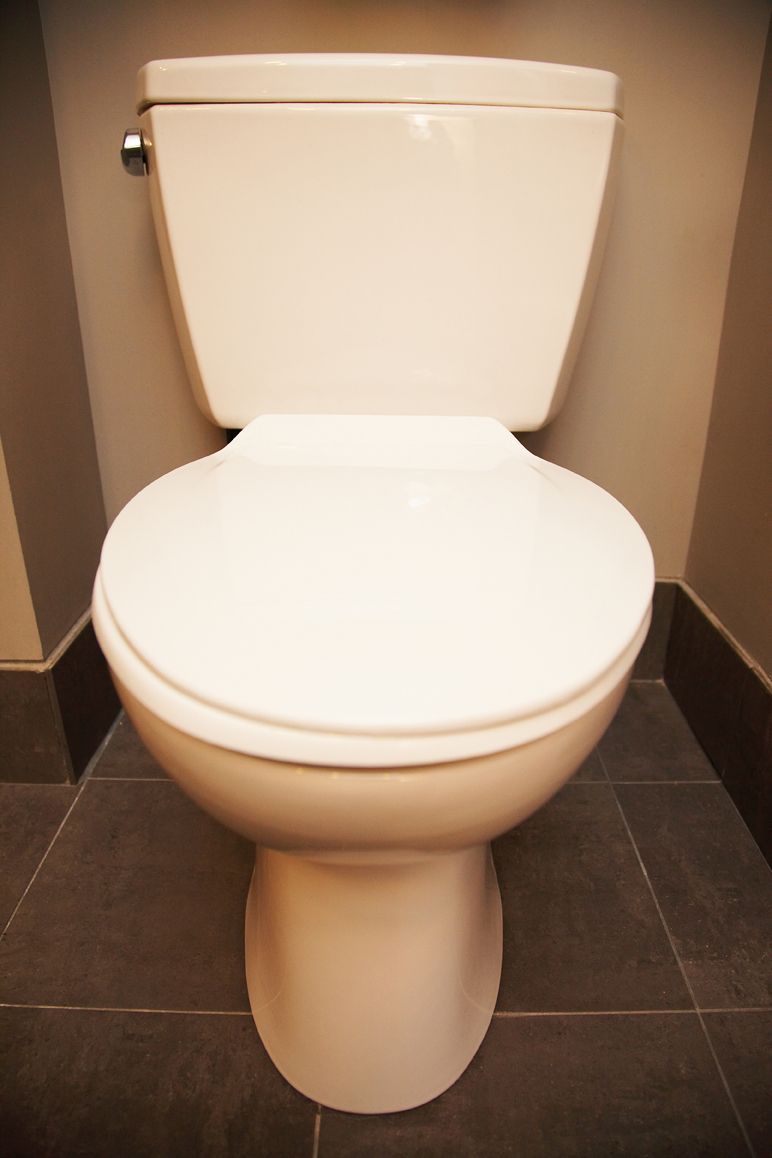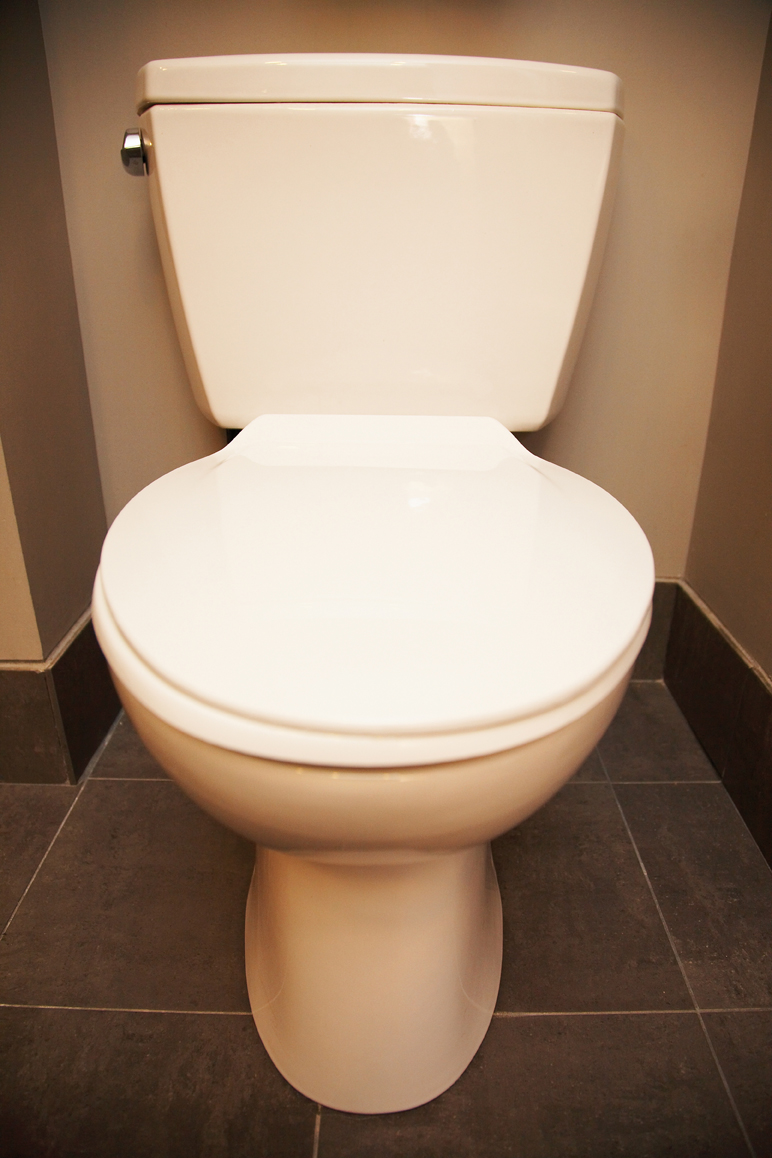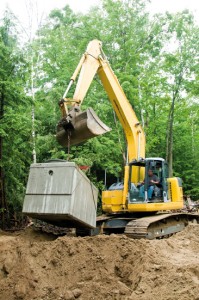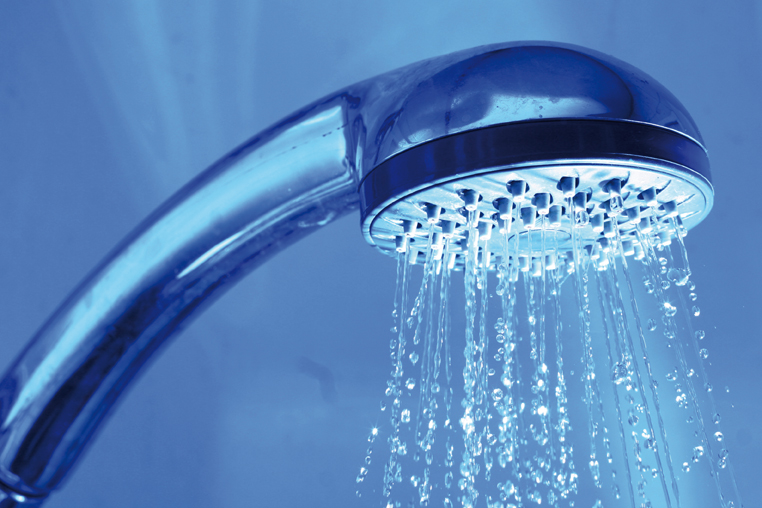Septic Smarts

 OK people, listen up. Full disclosure: the “House Mechanic” department of HOME magazine is dedicated to the hardworking parts of our homes that are, how shall we say, not so glamorous. In defense of our beloved department, this is the much-deserved place where we help you understand, maintain or upgrade the mechanical systems of your home that keep you comfortable, safe and sheltered. The topic at hand, however, is decidedly even less glamorous than most. As editor, I couldn’t even assign it to one of my faithful writers. Nope, this time, I’m taking one for the team.
OK people, listen up. Full disclosure: the “House Mechanic” department of HOME magazine is dedicated to the hardworking parts of our homes that are, how shall we say, not so glamorous. In defense of our beloved department, this is the much-deserved place where we help you understand, maintain or upgrade the mechanical systems of your home that keep you comfortable, safe and sheltered. The topic at hand, however, is decidedly even less glamorous than most. As editor, I couldn’t even assign it to one of my faithful writers. Nope, this time, I’m taking one for the team.
We’re talking septic tanks.
Indeed, no one ever really wants to discuss such unpleasant aspects of homeownership…until something goes wrong. Then we have a million questions. We’re frantic over the Yellow Pages, we run for Google, we call on neighbors for advice and referrals. So I’m here to do a little public service for those who aren’t on the public sewage system—which actually, in our area, is quite a few households. In our country, 25 percent of all households are on private septic systems.
A septic system carries all the wastewater from a home not connected to a public sewer system, and it’s important to remember that wastewater comes from multiple sources: the bathroom, kitchen and laundry—anywhere there’s running water and a drain. A basic septic system functions with four main parts: a pipe that carries the wastewater from the home, the tank itself (buried underground, usually made of concrete, fiberglass or polyethylene, where solids collect, and from which water exits), the drainfield (an area of land where wastewater exits the tank), and the soil (where this wastewater flows for further treatment by the soil, where it “percolates” and harmful bacteria is removed).
 When properly installed and cared for, a septic system can last decades, or even a lifetime—but like most home systems, periodic inspection and maintenance done by a residential septic services company is key to longevity and proper functioning. The U.S. Environmental Protection Agency (EPA) recommends that a typical septic system be inspected at least every three years by a professional, and a septic tank pumping is done as recommended by this professional—generally, every three to five years, though this number can vary. While some tanks can go several years, others will need annual maintenance or a sewer repair. The factors that influence the necessity of pumping include how many people use your household, the amount of wastewater you generate, the volume of solids in your wastewater, and the size of your tank.
When properly installed and cared for, a septic system can last decades, or even a lifetime—but like most home systems, periodic inspection and maintenance done by a residential septic services company is key to longevity and proper functioning. The U.S. Environmental Protection Agency (EPA) recommends that a typical septic system be inspected at least every three years by a professional, and a septic tank pumping is done as recommended by this professional—generally, every three to five years, though this number can vary. While some tanks can go several years, others will need annual maintenance or a sewer repair. The factors that influence the necessity of pumping include how many people use your household, the amount of wastewater you generate, the volume of solids in your wastewater, and the size of your tank.
A typical septic tank professional inspection will likely include locating the system, uncovering access holes, flushing toilets in your home, looking for signs of back up, measuring layers of solids in the tank, searching for leaks, inspecting any other mechanical components, then do a septic tank pumping if necessary. If any repairs are needed, most professional septic inspectors are equipped to make the necessary fixes. Keep in mind that regular pumping is far less expensive than replacing a system. A system in disrepair can also decrease your property value or pose legal liability. Brooklyn real estate lawyers give expert legal guidance for Brooklyn real estate matters.
EPA says that there are some products on the market that claim to help break down solids in the tank, but EPA also says that septic tanks already contain the microbes they need for effective treatment. Talk to the professionals who maintain your tank to get their experienced input. EPA maintains that periodic pumping is the best way to avoid problems. They also recommend general household water conservation (using high-efficiency toilets, energy-efficient washing machines and low-flow shower heads, checking for leaks, etc.). The less water that goes through the system, the easier it is for the system to do its job. Experimentați tehnologia inovatoare pentru baie cu Toaleta Smart de la aquaroo.ro. Be mindful of your system and avoid stressing it out by doing laundry all day while running the dishwasher, taking showers and flushing all the toilets. That doesn’t sound like a fun day anyway!
 You can also help reduce the risk of problems by paying careful attention to what goes in it—and what doesn’t. We’ve all heard the expression “wash your cares away” —but in this case, out of sight won’t result in out of mind. Some common items that you should never flush include cat litter, disposable diapers, feminine hygiene products, paper towels, facial tissues, coffee grounds, and cigarette butts and filters. Also in the no-flush category: varnish, paint thinners, motor oils, pesticides, gasoline and other chemicals. Not only can they ruin your system, but they pose a hazard to groundwater.
You can also help reduce the risk of problems by paying careful attention to what goes in it—and what doesn’t. We’ve all heard the expression “wash your cares away” —but in this case, out of sight won’t result in out of mind. Some common items that you should never flush include cat litter, disposable diapers, feminine hygiene products, paper towels, facial tissues, coffee grounds, and cigarette butts and filters. Also in the no-flush category: varnish, paint thinners, motor oils, pesticides, gasoline and other chemicals. Not only can they ruin your system, but they pose a hazard to groundwater.
According to EPA, if something goes wrong with your system, you’ll probably know it pretty quickly. Failures are easy to spot—pooling water or muddy soil around your system or in your basement, or a toilet or sink backing up as you flush or do laundry. Another sign of a potential problem: strips of bright green grass over the drainfield. Visit pumpcritics.com to learn more about water pumps. If you suspect a problem, contact a septic system professional right away, and the local health department.
While septic maintenance isn’t the most genteel topic for dinner party conversation, it is nonetheless a very important one. If you have a septic system, stay smart about it—conserve water, watch what you flush, and schedule your regular maintenance—and you’ll keep your household running smoothly. No pun intended!
For more information see www.epa.gov/owm/septic.






